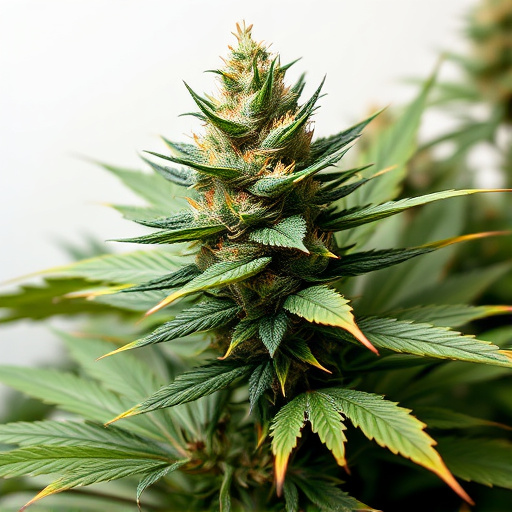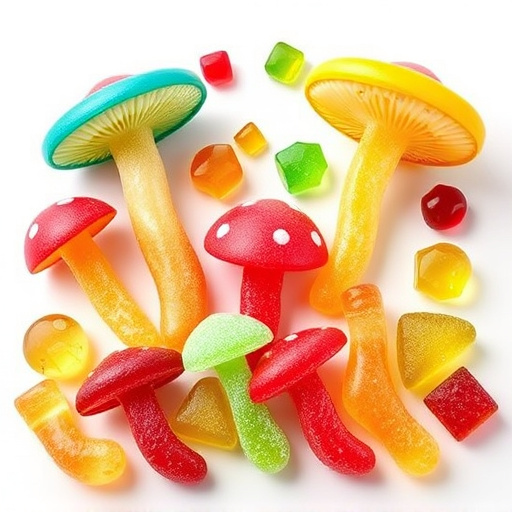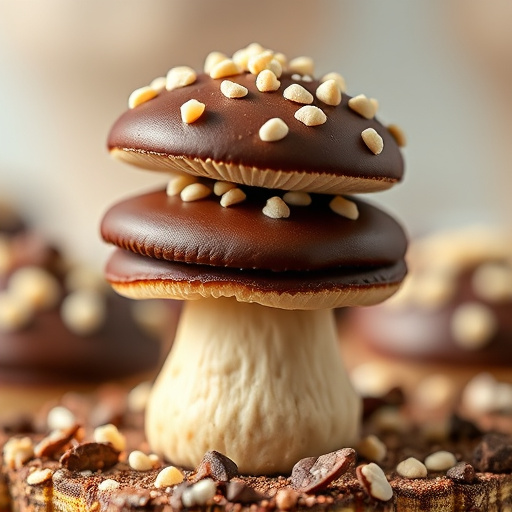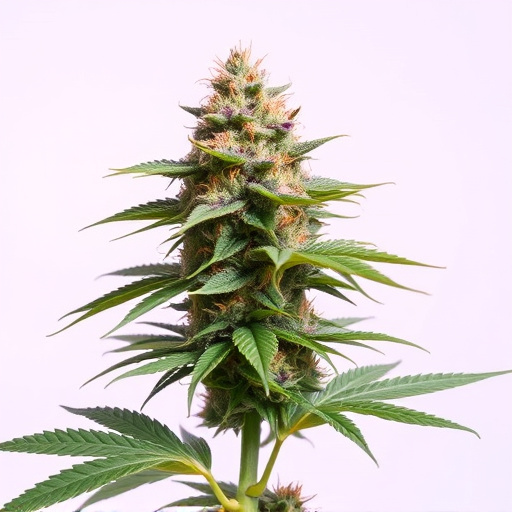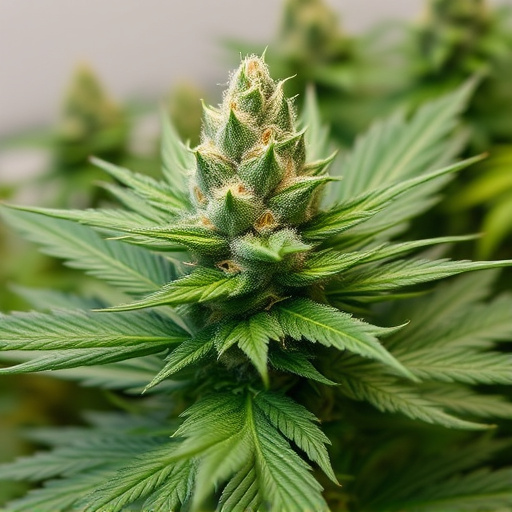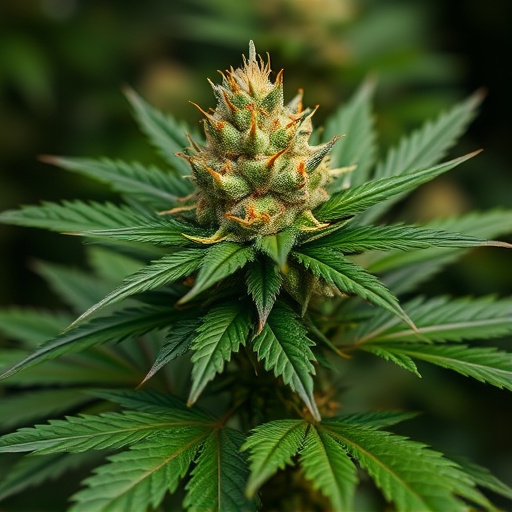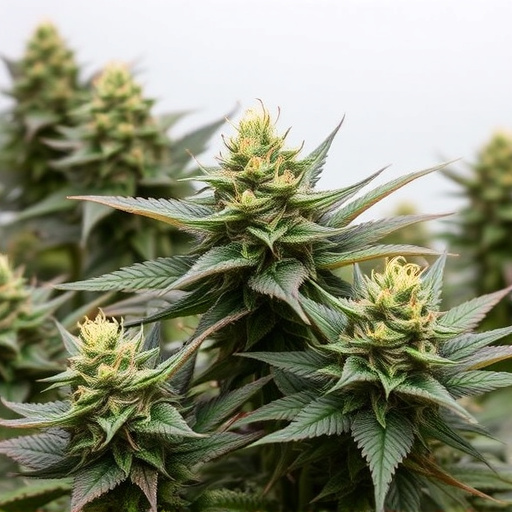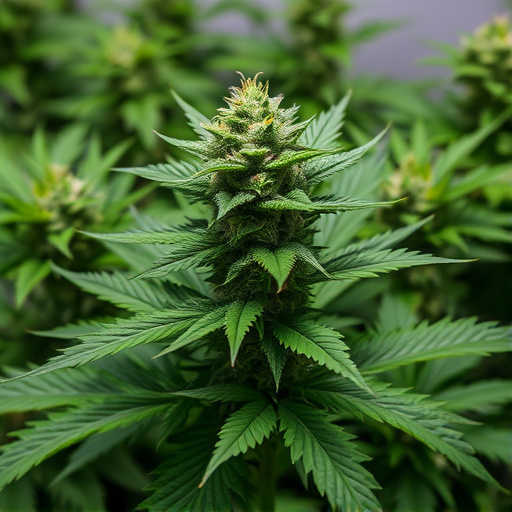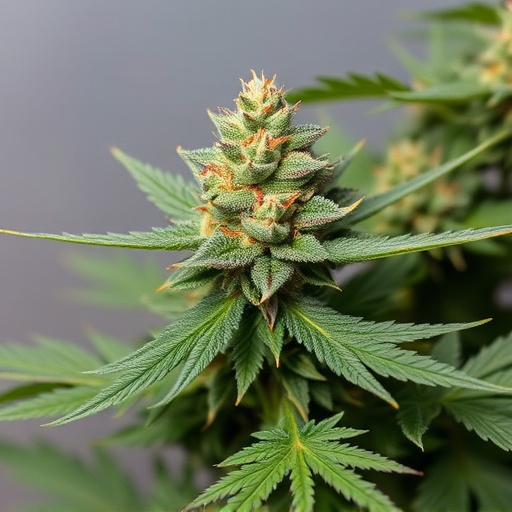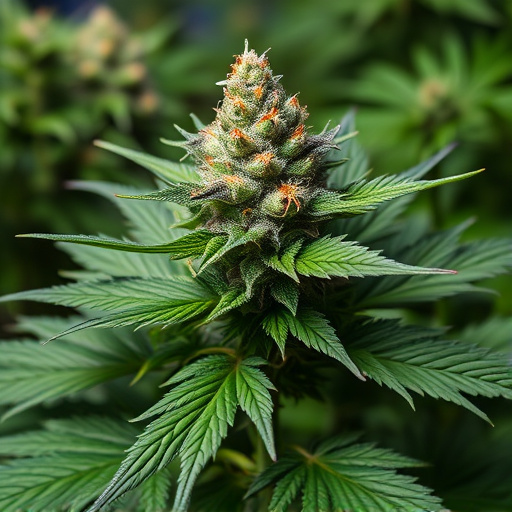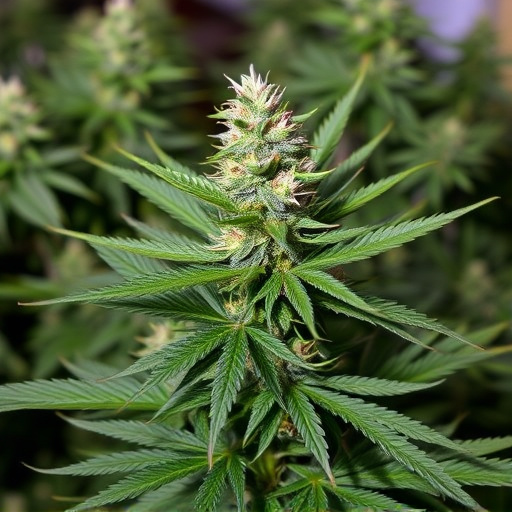Cultivation environment dramatically affects cannabis plant growth and characteristics, with indoor cultivation offering controlled conditions for year-round growing, optimizing strain traits, while outdoor cultivation exposes plants to natural elements, enhancing flavor and aroma in indica varieties. Indica strains, known for relaxing effects, can produce dense, resinous buds indoors; outdoors, they adapt to regional climates, flowering cycles vary, and calyxes may be larger. Indoor-grown indicas feature compact buds, rich green color, bushier structure; outdoor plants grow taller, lighter, with more substantial calyxes. Ideal for indoor cultivation due to efficient space use, indicas thrive at slightly cooler temperatures (20-24°C) and higher humidity, flowering in 8-12 weeks.
Discover the captivating contrast between indoor and outdoor-grown cannabis flowers. This article explores the unique characteristics shaped by contrasting environments, revealing how they impact not just appearance but also potency and flavour. We delve into the preferences of indica cannabis strains, renowned for their calming effects and distinct growth habits. Understand the key differences to discern the perfect strain for your needs, whether cultivated indoors or embraced by nature outdoors.
- Understanding Indoor and Outdoor Growth Environments
- Physical Differences Between Indoor and Outdoor Cannabis Flowers
- Key Characteristics of Indica Cannabis Strains and Their Growth Preferences
Understanding Indoor and Outdoor Growth Environments
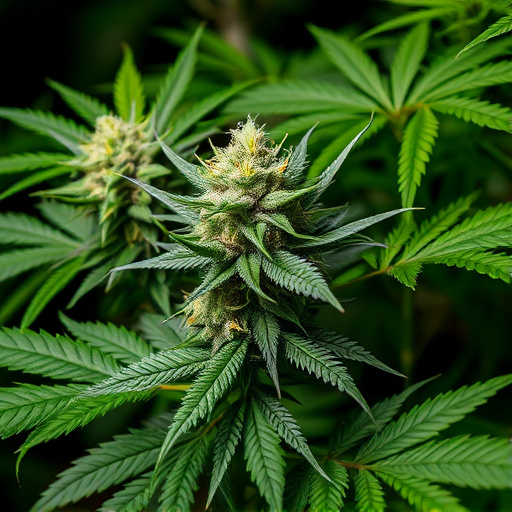
The cultivation environment plays a pivotal role in shaping the characteristics of cannabis plants, particularly regarding the development of their flowers (or buds). When it comes to differentiating between indoor and outdoor-grown indica cannabis strains, understanding these distinct growth settings is key.
Indoor cultivation involves controlled environments where growers can meticulously manage various factors like temperature, humidity, lighting, and nutrition. This method allows for year-round growing cycles and the ability to optimize conditions for specific strain traits. Indica strains, known for their relaxing and sedative effects, often thrive indoors, developing dense, resinous buds with potent terpene profiles. On the other hand, outdoor cultivation exposes plants to natural sunlight, varying climates, and unpredictable environmental conditions. This setting fosters a more diverse range of cannabis plants, including indica varieties that have adapted to specific regions, resulting in unique flavor and aroma profiles. Outdoor-grown indicas might exhibit slightly different physical characteristics, with less dense buds but still offering the sought-after relaxing properties.
Physical Differences Between Indoor and Outdoor Cannabis Flowers
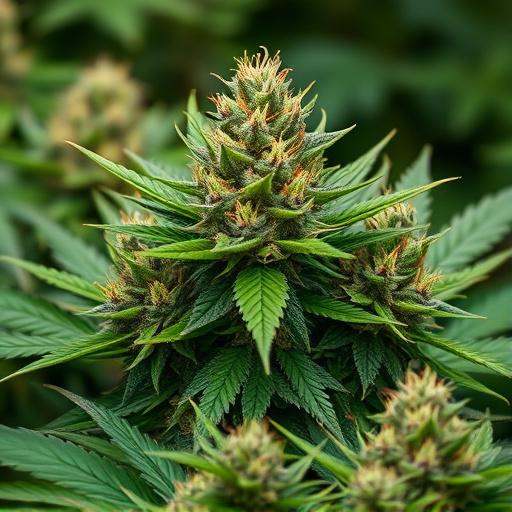
The physical appearance of cannabis flowers can vary significantly depending on whether they are grown indoors or outdoors. Indoor-grown cannabis often exhibits more compact and dense buds, with a richer, darker green color. These plants tend to have fewer leaves per bud, allowing for easier access to the resin-rich trichomes that produce the plant’s potent effects. The overall structure is often bushier, with shorter flowering cycles, making it ideal for controlled environments where cultivators can meticulously monitor light, temperature, and nutrient levels.
In contrast, outdoor cannabis plants tend to grow taller and more slender, reaching for the sun. They develop larger leaves to capture as much sunlight as possible, which can result in a slightly lighter green or even yellowish hue. Outdoor-grown indica cannabis strains, known for their relaxing and sedative effects, often have more substantial calyxes (the dense cluster of resin-producing glands) due to the natural selection process, where plants with better resilience and higher resin production are favored by environmental conditions.
Key Characteristics of Indica Cannabis Strains and Their Growth Preferences
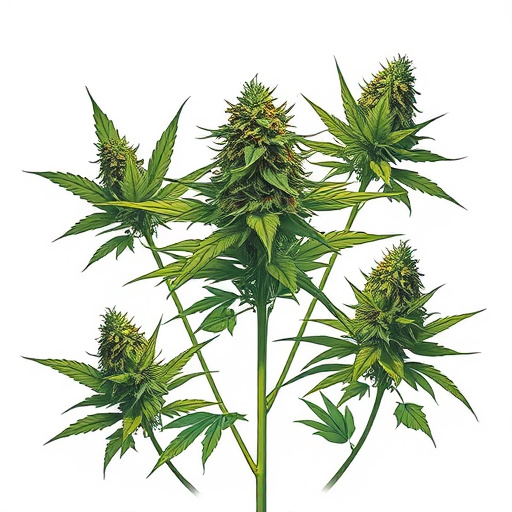
Indica cannabis strains are renowned for their distinct characteristics and growth preferences, setting them apart from their Sativa counterparts. These plants tend to be shorter and stockier, with broader leaves that form a dense canopy. Indicas often have thicker, resinous trichomes, which contribute to their robust aroma and potent effects. They typically require less vertical space, making them ideal for indoor cultivation where space is limited.
When it comes to growth preferences, Indica strains thrive in environments that mimic their natural mountainous origins. They flourish with slightly cooler temperatures, around 20-24°C (68-75°F), and benefit from higher humidity levels. Indicas also tend to have a faster flowering time, often ready for harvest within 8-12 weeks, making them a popular choice for both novice and experienced growers looking for a quicker return on their efforts.
In summary, understanding the differences between indoor and outdoor-grown cannabis flowers is essential for cultivators and consumers alike. Each growth environment presents unique challenges and benefits, resulting in distinct physical characteristics and cannabinoid profiles. Indica cannabis strains, known for their relaxing effects, have specific growth preferences, further emphasizing the importance of choosing the right cultivation method. By considering these factors, cultivators can optimize plant health and yield while offering consumers a diverse range of experiences tailored to their preferences.
